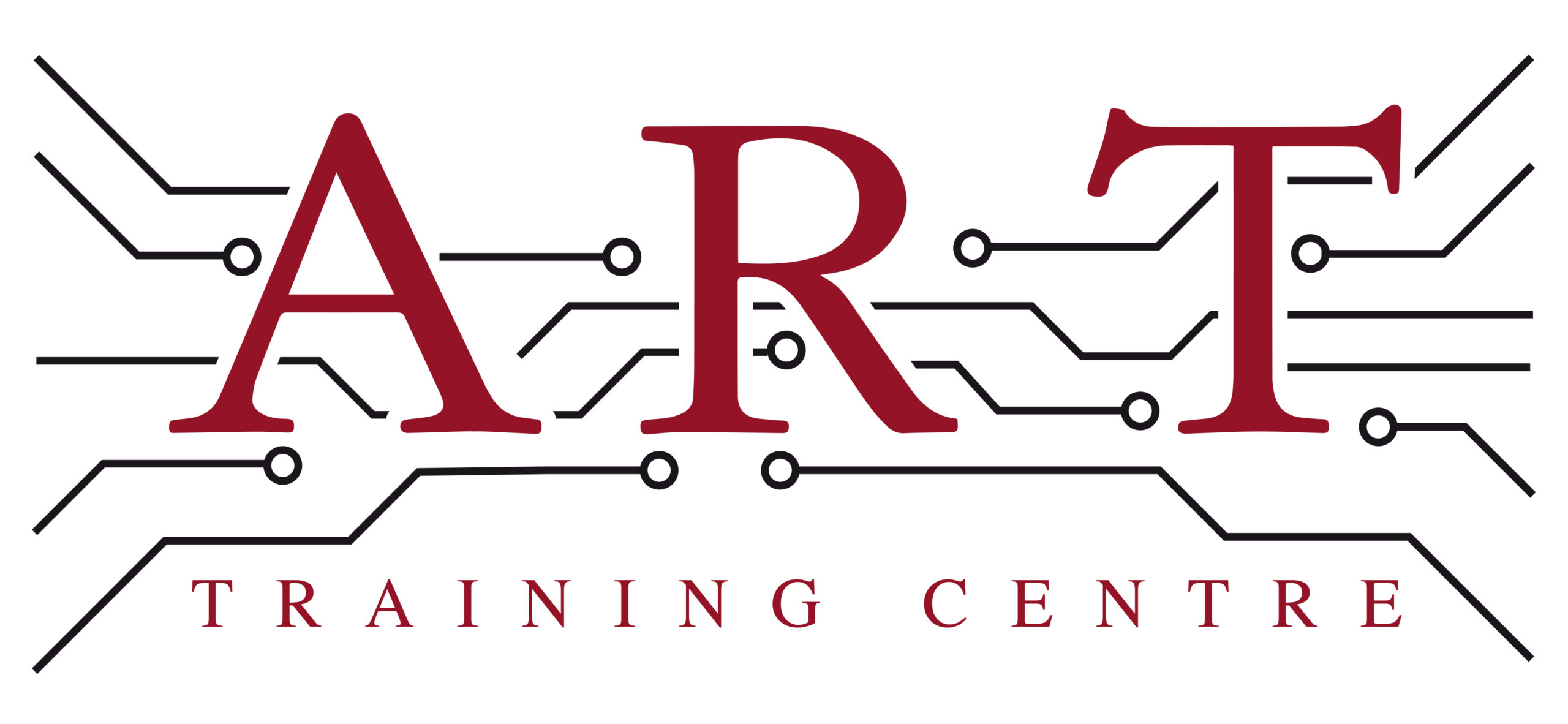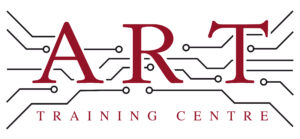Definition
No-clean Flux is a type of flux used in soldering processes that does not require cleaning after application. It is a material that aids in the joining of electronic components to printed circuit boards (PCBs) by removing oxides and improving solder flow. The residues left behind are non-corrosive and do not affect the performance of the electronic devices, making it a popular choice in electronics manufacturing and rework.
How It’s Used in the Industry
No-clean Flux is applied during the soldering process in electronics assembly, particularly for surface mount and through-hole components. Technicians apply the flux to the PCB pads before soldering, which helps to enhance the adhesion of the solder to the metal surfaces. After soldering, the PCB can be inspected without the need for cleaning, saving time and costs. This is beneficial for both trainees learning the soldering process and experienced professionals aiming for efficiency. The use of no-clean flux ensures that the final product remains reliable and free from contamination that could affect performance.
History & Origins
No-clean Flux became common in electronics manufacturing in the late 20th century as technology advanced and the demand for cleaner processes increased. Early adoption began in the 1980s, driven by the need for more efficient soldering methods that reduced the time and cost associated with cleaning. The development of industry standards, such as those from IPC (Institute for Printed Circuits), helped formalise the use of no-clean flux, ensuring its reliability and effectiveness in various applications.
Variations
There are several types of No-clean Flux, including water-soluble and rosin-based variants, each designed for specific applications. Water-soluble no-clean flux is often used in high-volume production due to its excellent cleaning properties, while rosin-based types provide good thermal stability and are preferred for hand soldering. Compared to traditional fluxes that require cleaning, no-clean fluxes leave minimal residues, making them easier to use and maintain, especially in automated processes.
Modern Applications
Today, No-clean Flux is widely used in electronics production, repair, and professional training. It is essential for both surface mount and through-hole assembly, ensuring high-quality solder joints without the hassle of post-soldering cleaning. Its importance extends to compliance with IPC standards, which emphasise the need for reliability and performance in electronic devices. No-clean flux contributes to the overall efficiency of manufacturing processes, making it a vital component in modern electronics.
Practical Tips & Training
When working with No-clean Flux, it is important to ensure proper ventilation and follow safety guidelines, as some fluxes can emit fumes. Inspect solder joints visually or with the aid of magnification tools to ensure quality. Understanding the correct application techniques is crucial, so structured training and certification in electronics can greatly enhance skills and knowledge. Familiarity with various flux types and their properties will also aid in selecting the right flux for specific tasks.


